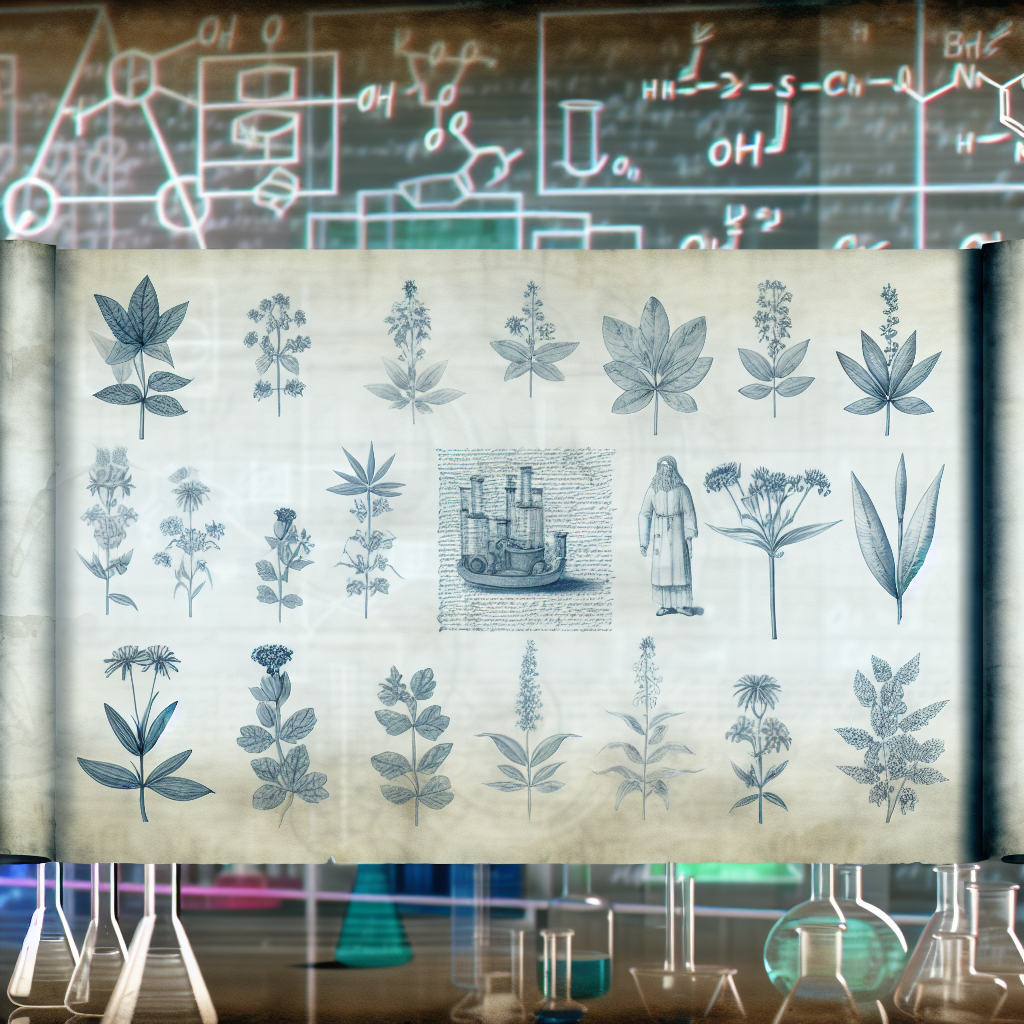The Doctrine of Signatures Revisited: When Folk Wisdom Aligns with Phytochemistry
For centuries, humanity has turned to nature to seek remedies for physical and mental ailments. Among the many traditions that straddle the intersection of folklore and medicine lies the ancient concept known as the “Doctrine of Signatures.” Rooted in the idea that the appearance of a plant offers clues to its healing properties, this doctrine was widely embraced by herbalists, mystics, and early physicians alike. Until recent decades, the Doctrine of Signatures has been largely dismissed as anecdotal or pseudoscientific, particularly in the shadow of modern clinical pharmacology. However, as researchers delve deeper into the phytochemical and pharmacological properties of plants, a fascinating convergence is emerging—folk wisdom might not have been as unfounded as once thought.
The Doctrine of Signatures finds its philosophical underpinnings in the medieval concept that nature, governed by divine intelligence, offers signs to guide human beings. If a plant resembles an organ or tissue in the body, traditional doctrine would interpret this as a sign from nature that the plant could heal the associated body part. For example, the walnut, with its brain-like contours, was thought to support brain function; lungwort, whose spotted leaves resemble lung tissue, was used to treat respiratory conditions; and carrots, when sliced to resemble the eye, were linked to ocular health.
Although dismissed during the rise of empirical science in the 17th and 18th centuries, the Doctrine of Signatures never disappeared entirely. It persisted quietly among holistic healers and indigenous medicine practitioners who continued to pass down herbal knowledge through generations. What’s changed now is the expanding body of phytochemical analysis and clinical data that invites a reevaluation of ancient beliefs. In some cases, the visual cues offered by plants truly do correspond to their bioactive effects on related organs or functions.
Scientific Proof? When Nature’s “Signs” Reflect Real Medicinal Value
As modern science continues to analyze the phytochemistry and bioactivity of medicinal plants, several intriguing parallels between the Doctrine of Signatures and evidence-based findings have been observed. In fact, a growing body of academic studies lends credibility to the notion that nature’s “signs” can reflect real therapeutic potential.
🧠 Walnuts and Brain Health
Walnuts visibly resemble the human brain in both shape and texture. They are rich in omega-3 fatty acids, particularly alpha-linolenic acid (ALA), which is essential for cognitive function. A study in the Journal of Nutrition, Health & Aging found that regular consumption of walnuts is associated with improved memory and mental clarity across age groups.
Walnuts and Brain Health
🌬️ Lungwort and Respiratory Support
Lungwort (Pulmonaria officinalis) has speckled leaves resembling diseased lungs, which made it a go-to herb for respiratory ailments in folk medicine. Recent in vitro studies have validated its anti-inflammatory and antimicrobial effects on lung tissue.
Pulmonaria officinalis Study
👁️ Carrots and Eye Health
Slice a carrot, and you’ll see a pattern that resembles the human eye. Carrots are high in beta-carotene, which the body converts into vitamin A—crucial for healthy vision. The NIH confirms vitamin A’s essential role in maintaining retinal function and preventing night blindness.
Vitamin A and Eye Health
🫘 Kidney Beans and Renal Function
Red kidney beans resemble the shape of human kidneys and have been traditionally used to support renal health. Studies have now shown that the powerful antioxidants in kidney beans can help reduce oxidative stress and slow the progression of chronic kidney disease.
Red Kidney Beans and Renal Health
🟡 Turmeric and Liver Detoxification
Although turmeric doesn’t visually mirror the liver, its rich yellow color and warming qualities led ancient healers to recommend it for liver support. Now, curcumin—its active compound—is recognized for its hepatoprotective and anti-inflammatory effects, supported by several clinical trials.
Curcumin and Liver Health
This elegant convergence of historical doctrine and modern science illustrates that the Doctrine of Signatures may act less as medical instruction and more as a gateway for botanical discovery. When examined with modern tools and an open mind, these “signs” may validate generations of empirical knowledge.
Blending Ancient Insight with Modern Medicine: Why It Matters Today
Revisiting the Doctrine of Signatures through the lens of contemporary phytochemistry reveals a fascinating intersection between ancestral wisdom and scientific discovery. While not every symbolic resemblance equates to therapeutic utility, the evidence increasingly suggests that early herbalist intuitions were sometimes spot-on. The alignment of visual metaphors with bioactive compounds is more than coincidence in certain cases, especially when validated by research into plant constituents and physiological effects.
For consumers seeking natural cures, herbal treatments, or homeopathic alternatives, understanding the Doctrine of Signatures fosters a more holistic appreciation of plant therapy—not just as treatment, but as a reflection of the intricate connection between humans and the natural world. As integrative medicine and plant-based wellness continue to evolve, exploring these ancient indicators with a scientific lens offers promising prospects for future health innovations.
By bridging the gap between folklore and pharmacology, we pave the way for a more integrative, informed approach to our well-being—where tradition and technology can coexist in harmony.
References
- Walnuts and Brain Health – Journal of Nutrition, Health & Aging
- Pulmonaria officinalis Study – Pharmaceutical Biology
- Vitamin A and Eye Health – NIH Office of Dietary Supplements
- Red Kidney Beans and Renal Health – Journal of Food Biochemistry
- Curcumin and Liver Health – Nutrients
Concise Summary:
The Doctrine of Signatures, an ancient concept that suggests a plant’s appearance offers clues to its healing properties, has long been dismissed as pseudoscientific. However, as modern science delves deeper into the phytochemistry and pharmacology of plants, a fascinating convergence is emerging – the visual cues offered by certain plants do correspond to their bioactive effects on related organs or functions. This integration of traditional wisdom and contemporary research offers promising prospects for future health innovations, bridging the gap between folklore and pharmacology.

Dominic E. is a passionate filmmaker navigating the exciting intersection of art and science. By day, he delves into the complexities of the human body as a full-time medical writer, meticulously translating intricate medical concepts into accessible and engaging narratives. By night, he explores the boundless realm of cinematic storytelling, crafting narratives that evoke emotion and challenge perspectives.
Film Student and Full-time Medical Writer for ContentVendor.com




